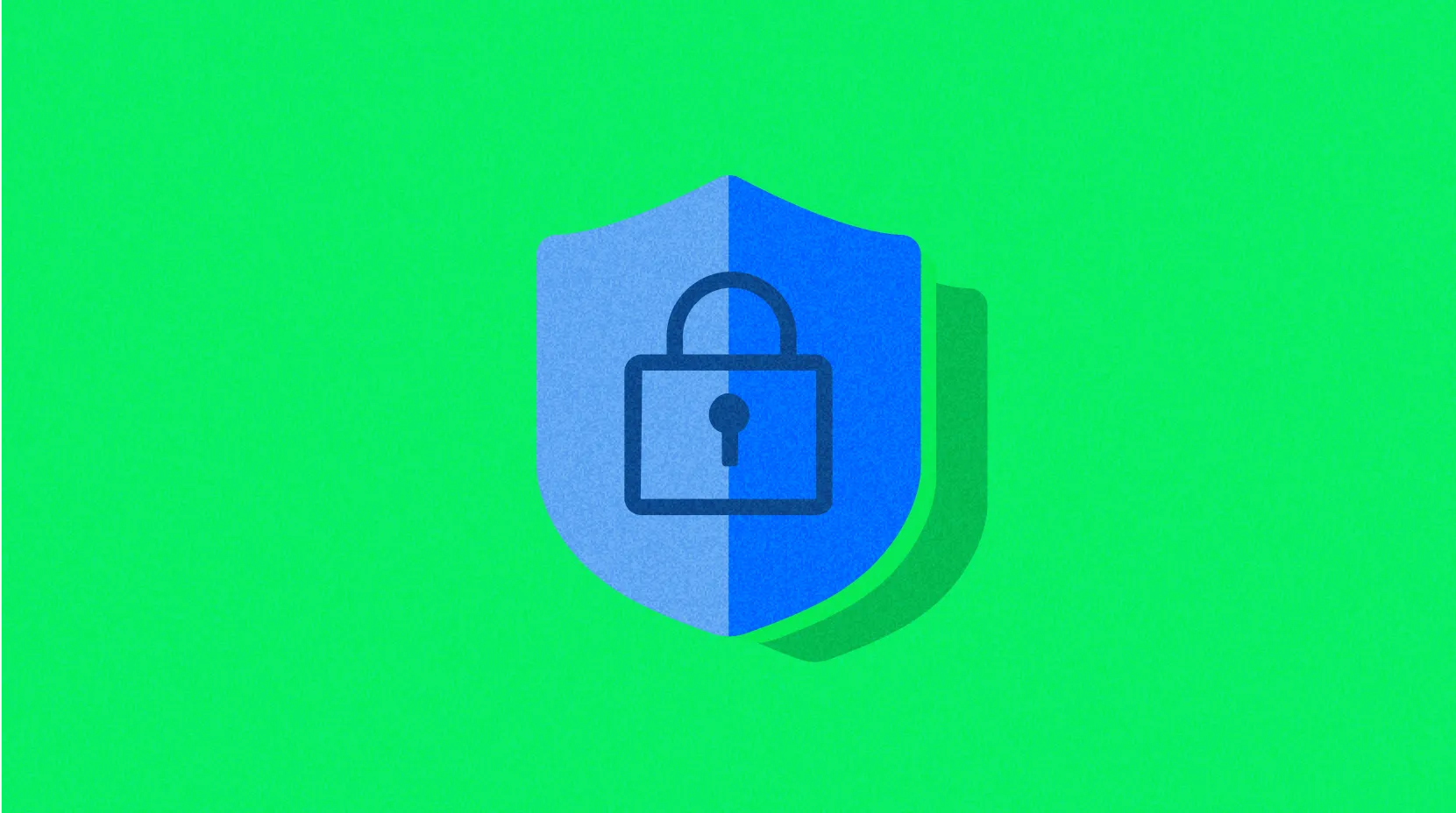TRC20

TRC20 is a token standard based on the TRON blockchain, similar to Ethereum's ERC20 standard, providing a standardized interface for creating and managing cryptocurrency tokens. As the most mainstream token protocol on the TRON network, it defines the rules for how tokens can be transferred and used within the TRON ecosystem, supporting decentralized applications (DApps) development and smart contract functionality. TRC20 tokens inherit the high throughput and low transaction fees of the TRON blockchain, widely used in digital asset issuance, decentralized finance (DeFi), and cross-chain asset bridging.
The TRC20 standard first emerged in 2018, designed by the TRON Foundation to standardize token behavior on the TRON network. This standard drew inspiration from Ethereum's successful ERC20 model but was optimized for the TRON network's characteristics. With the development of the TRON mainnet, TRC20 has become one of the most recognized token standards in the ecosystem, facilitating the expansion of the TRON ecosystem and the emergence of diverse application scenarios.
The working mechanism of TRC20 is built on the smart contract foundation of the TRON blockchain. Each TRC20 token is created by deploying a smart contract that complies with the TRC20 interface specifications. The standard defines six mandatory core functions: totalSupply, balanceOf, transfer, transferFrom, approve, and allowance. When users conduct token transactions, these functions are called by the smart contract, and transaction information is recorded on the TRON blockchain, ensuring transparency and immutability of all transactions. TRON's Delegated Proof of Stake (DPoS) consensus mechanism ensures efficient processing of TRC20 transactions, giving them faster confirmation times and lower transaction fees compared to traditional ERC20 tokens.
Despite the numerous advantages of TRC20 tokens, they face a series of risks and challenges. First, smart contract security issues represent one of the primary risks. Poorly written contracts may contain vulnerabilities leading to fund loss or hacker attacks. Second, regulatory uncertainty is another significant challenge, as global attitudes and policies toward cryptocurrencies vary widely and may affect the application and circulation of TRC20 tokens. Additionally, the TRON network has a relatively high degree of centralization, which contradicts the decentralization principles pursued by blockchain technology and may cause community controversy. Finally, market volatility is an unavoidable risk, as many TRC20-based tokens experience dramatic price fluctuations, requiring investors to exercise caution in their assessments.
The TRC20 standard provides a solid infrastructure for the TRON ecosystem, promoting the standardization and interoperability of digital assets. By simplifying the token creation and management process, it significantly lowers the barrier for developers entering the blockchain field. Meanwhile, its efficient transaction processing capabilities and low-cost characteristics make the TRON network an ideal choice for handling small, high-frequency transactions, particularly suited for payment and DeFi application scenarios. With the continuous development of blockchain technology and ongoing optimization of the TRON network, TRC20 tokens are poised to play an important role in broader financial and non-financial domains, driving large-scale application and popularization of blockchain technology.
Share
Related Articles

Solana Need L2s And Appchains?

The Future of Cross-Chain Bridges: Full-Chain Interoperability Becomes Inevitable, Liquidity Bridges Will Decline
